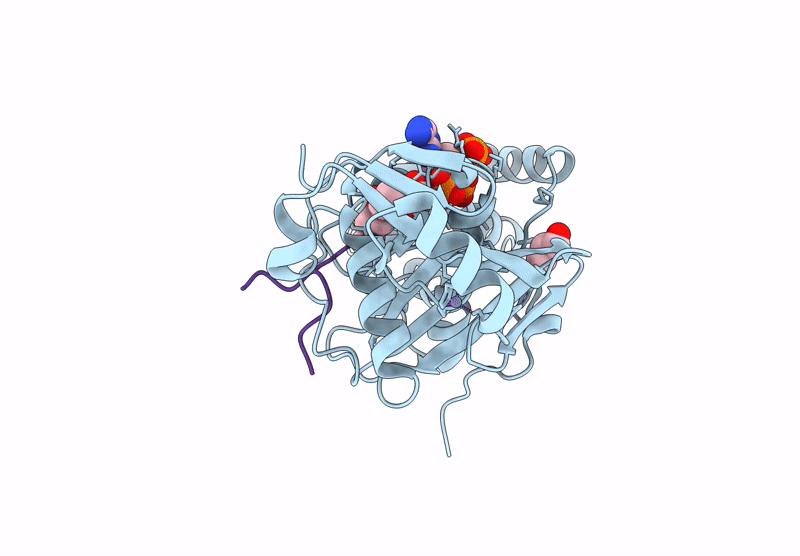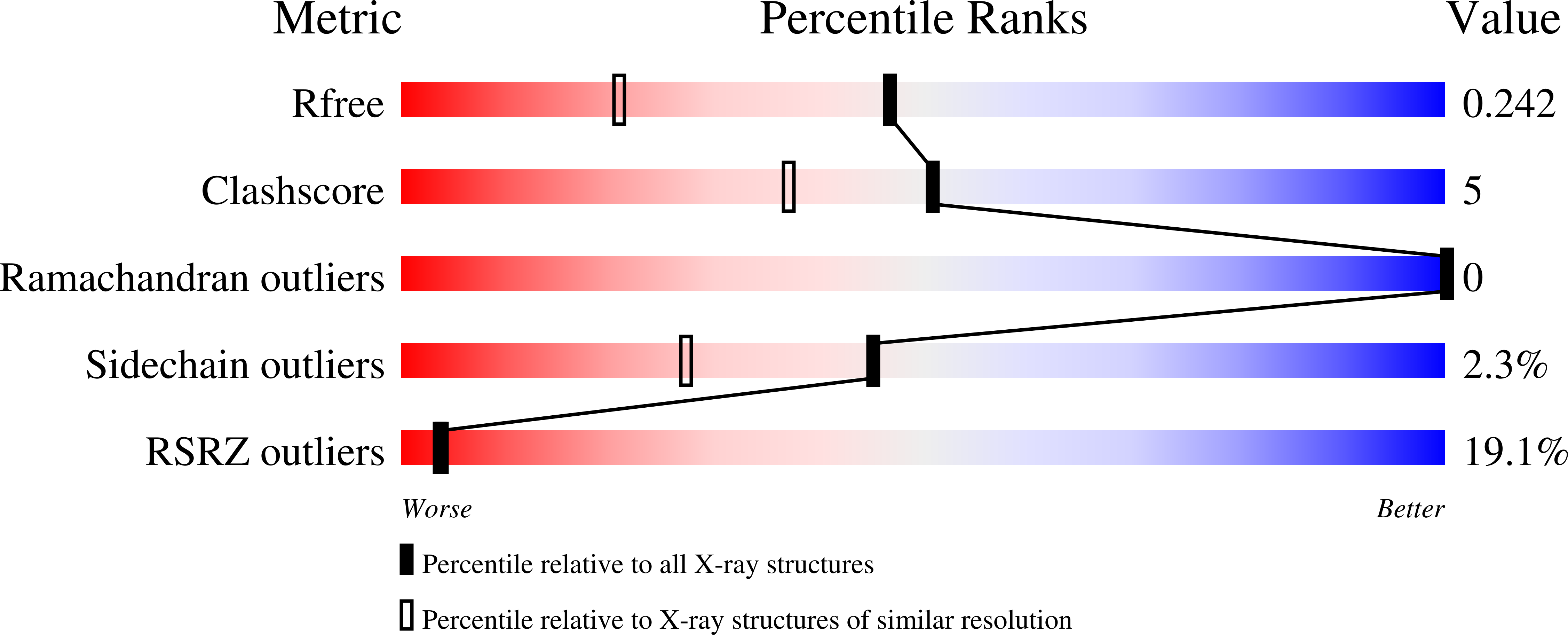
Deposition Date
2024-10-16
Release Date
2025-02-19
Last Version Date
2025-03-26
Entry Detail
PDB ID:
9DZN
Keywords:
Title:
KAT6A MYST domain complexed with a H3K14-CoA bisubstrate inhibitor
Biological Source:
Source Organism:
Homo sapiens (Taxon ID: 9606)
synthetic construct (Taxon ID: 32630)
synthetic construct (Taxon ID: 32630)
Host Organism:
Method Details:
Experimental Method:
Resolution:
1.72 Å
R-Value Free:
0.24
R-Value Work:
0.21
R-Value Observed:
0.22
Space Group:
P 41 21 2


